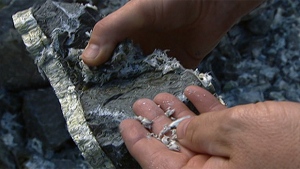 Do you know where to look?
Do you know where to look?
Asbestos products were in nearly every commercial building and home before 1978. Indoor uses include:
• Cement pipes (such as sewer lines or water mains)
• Caulk, putty, and other adhesives (like plumber’s putty)
• Certain ceiling materials (the the popular “popcorn ceiling”)
• Fuse box linings
• Any and all forms of insulation
• Millboard and rollboard
• Pipe coverings
• Vinyl tiles – floor, wall and ceiling
Hire a Contractor
If you suspect any of these materials may be present in your older commercial building, the next step is to have the material tested for asbestos. It is always best to hire an experienced and licensed contractor like RC White to perform an assessment.
These professionals may be able to tell by a visual inspection whether certain products contain asbestos, but this all depends on the material. But even this is not an infallible method, as the only guaranteed way to know if a home is contaminated with asbestos is to have a professional collect samples and have them tested. Samples are sent to a special laboratory where tests will confirm if the material contains asbestos.
There are four typical ways to deal with asbestos – enclosure, encapsulation, repair, and removal.
Not all contractors are properly trained or licensed to recognize and remove asbestos.
If you want asbestos abatement done properly contact trained professionals like R.C. White Ltd.
RC White Ltd. is a member of EACO – the Environmental Abatement Council of Ontario.
Download the 2015 EACO Vermiculite Guidelines
